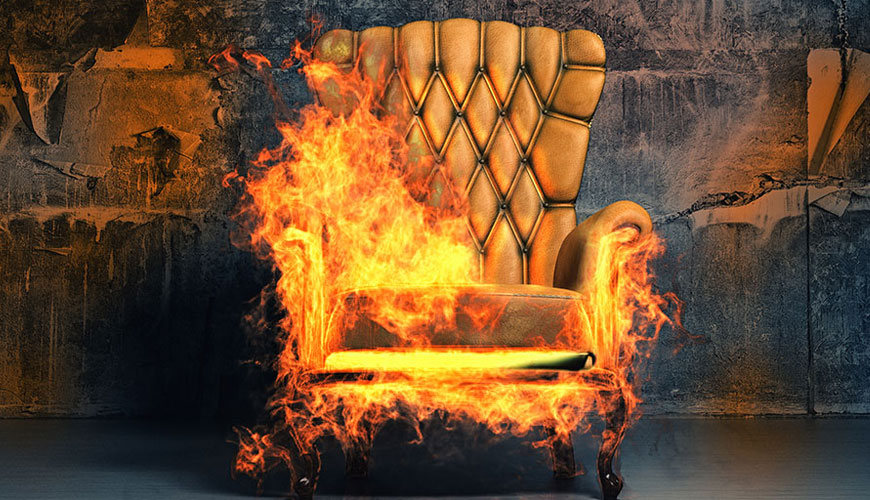

EUROLAB laboratory provides testing and compliance services within the scope of ISO 17881-1 standard. This part of the ISO 17881 standard developed by the International Standards Organization (ISO) specifies a test method for the gas chromatography spectrometry (GC-MS) determination of certain brominated flame retardants in textiles. The method is applicable for all kinds of textile products.

This International Standard requires the use of substances or procedures that could be hazardous to health if adequate precautions are not taken. It expresses only technical compliance and does not relieve the user from legal obligations regarding health and safety at any stage. In the preparation of this International Standard it has been assumed that the application of its provisions is entrusted to suitably qualified and experienced persons.
ISO 17881-1 Test Procedure
Prepare a 3.1 µg/ml stock standard solution containing the individual flame retardant (3.17 to 1000) and internal standard in toluene. Some commercial reference material solutions may be present in a different solvent. A 10 µg/ml standard solution of decachlorobiphenyl in toluene is prepared.
An additive working solution of 17 flame retardants is prepared in the internal standard solution and diluted to a range of appropriate concentrations depending on the test needs. At least five dilutions of the calibration sets are selected to generate the calibration curve and perform the GC-MS analysis.
A representative test sample of the sample is prepared. It is cut into small pieces and weighed (1,00 ± 0,01) g with a balance.
The pieces are placed in a tight-lipped bottle and 20 ml of toluene is added. The flask is placed in an ultrasonic generator and the parts are removed for 30 minutes at room temperature. The extract is filtered and transferred to a 100 ml flask. 10 ml of toluene is added to the residue in the vial and the vial is placed in the ultrasonic generator for 15 min removal of the residue at room temperature. The extract is filtered and mixed into the flask.
Among the services provided by our organization within the framework of material testing services, there are also ISO 17881-1 standard tests. Do not hesitate to contact our laboratory EUROLAB for your testing and certification requests.
To get an appointment, to get more detailed information or to request an evaluation, you can ask us to fill in our form and reach you.